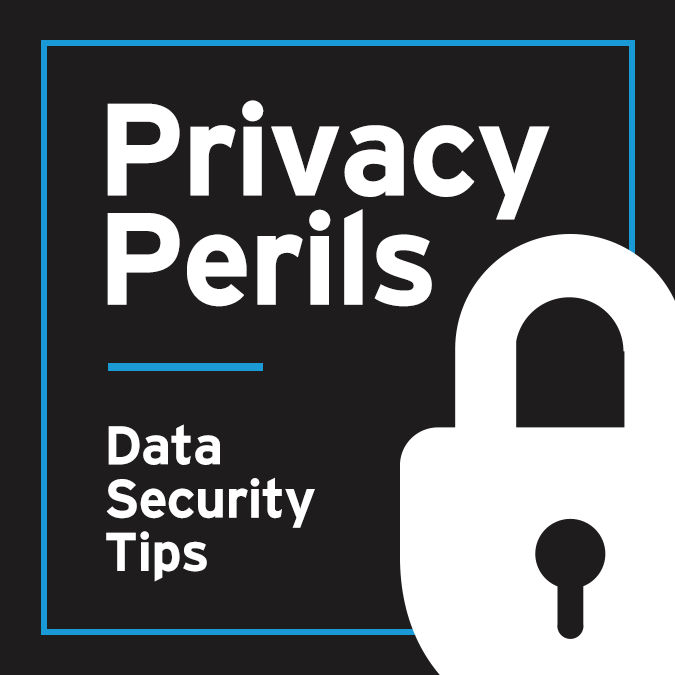Everyone loves the convenience of the ATM. However, having 24/7 access to your money may mean that scammers do, too. Recent data from the credit scoring company FICO shows there was a 70 percent increase in the number of debit cards that were compromised in 2016 at ATMs and at card readers used by merchants. FICO also reported that the number of card readers at ATMs and merchant devices that were hacked rose 30 percent in that time frame.
Most of us have heard of the “Skimmer Scam.” Stealing debit card information using “skimmers” at gas pumps and ATMs is an old problem. Those devices are placed well inside a payment device, where they’re difficult to detect with anti-skimming technology. In addition to skimmers, the modern scammer is using tools known as “shimmers,” a tiny type of skimmer that’s capable of reading the data from the new chip-based debit and credit cards. Scammers use the stolen data to produce counterfeit magnetic strip-based cards and make unauthorized purchases online. There’s also the new problem of pinhole cameras being hidden around the ATM to record your key stokes and pin number. This YouTube video, as well as this one, gives you some idea how easily scammers can apply these devices to the machines and how you can spot them.
It’s not necessary to hide your money in your mattress, however. There are some common sense things you can do to protect yourself from these ATM scammers.
Deal with a human
It’s not always practical, but withdrawing money from a teller or paying a cashier directly, along with perhaps asking for cash back, will protect you from a run-in with a compromised card reader.
Use a contactless payment system
You can use the contactless feature on your debit or credit card, if it has one, or a cardless payment method such as a mobile wallet in your cell phone. This way, you’ll avoid the skimmer.
Don’t use remote ATMs and point-of-sale terminals
ATMs that are in low-trafficked, poorly lit areas are particularly vulnerable to being tampered with by thieves. So are gas pumps that accept credit cards at stations far from major highways. The rate of attack for drive-up ATMs is twice that of those inside a bank.
Look for signs of tampering
Before using an ATM or point-of-sale terminal, try wiggling the keypad or card slot. If anything seems loose, don’t use the device. Also look for keypads that appear raised or have an unusual color. A thief could have placed an overlay on the keypad to record the personal identification number you punch in. Some gas pumps have security tape that forms a seal around the card reader. If the seal is broken, that could be a sign that the reader has been compromised. And don’t proceed with a transaction if you encounter unusual resistance when you try entering your card.
Protect your PIN
Place your hand over the keypad when entering your personal identification number. Along with skimming devices, scammers often install a pinhole camera to record your PIN. Some may be located in the security mirror that you’ll often find at bank ATMs.
Check your transactions
Carefully examine your bank account activity online for unauthorized withdrawals or purchases. You can also set up an alert so that you’re notified when money is withdrawn from your account.
Stay vigilant and keep those scammers away your banking information.
 Check out our series, Privacy Perils, to learn what steps you can take to guard your personal and company data. For more information about this topic and other cyber security concerns, please contact a member of our Privacy & Data Security team.
Check out our series, Privacy Perils, to learn what steps you can take to guard your personal and company data. For more information about this topic and other cyber security concerns, please contact a member of our Privacy & Data Security team.


